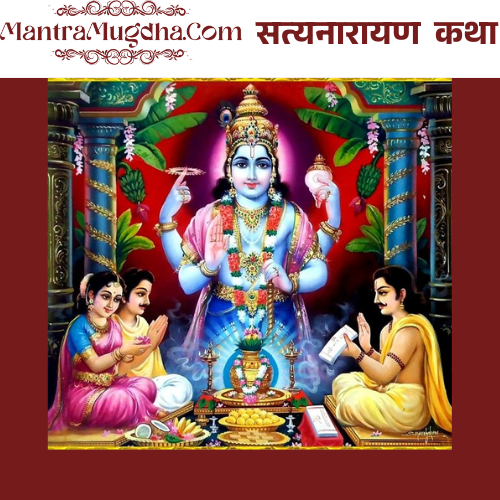
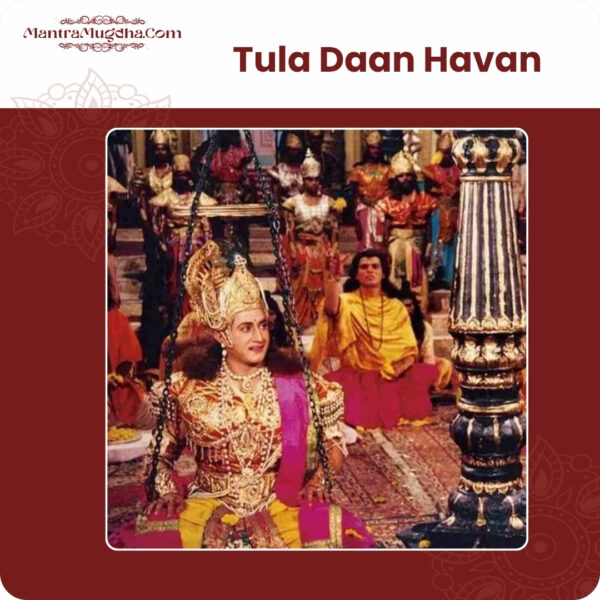
Lord Narasimha (Narasimha Bhagwan)
₹2,100.00 – ₹3,800.00Price range: ₹2,100.00 through ₹3,800.00
According to the Puranas, Lord Vishnu manifested in the divine form of Narasimha — a half-man, half-lion incarnation. His face and hands resemble that of a lion, while the rest of His body is human. Especially worshipped by the Vaishnava tradition, Lord Narasimha emerged from a pillar to protect His devotee Prahlad, slaying the demon Hiranyakashipu, and granted divine protection to the devotee. This form represents the divine assurance that God always protects His devotees in times of distress.
Among the twenty-four incarnations (or the more popular ten — Dashavatara) of Lord Vishnu, the incarnations of Rama, Krishna, Narasimha, and Vamana hold special significance. Their Jayanti (birth festivals) are celebrated with devotion across the Sanatan tradition. Lord Narasimha’s complete story is found in the Seventh Canto of the Shrimad Bhagavatam, while other incarnations are described in the Ramayana, Mahabharata, and Vamana Purana.
Narasimha Chaturdashi Vrat (Fast) – Decision & Method
This fast is observed on the Chaturdashi (14th lunar day) of the Shukla Paksha in Vaishakh month. If Chaturdashi falls during sunset, that day is considered most auspicious. If it coincides with a Saturday and Swati Nakshatra, the merit multiplies manifold.
The celebration of Lord Narasimha’s appearance involves:
Worship of various deities,
Sacred bath (Abhishekam) of the Lord with Panchamrit and other sacred items,
Devotional rituals performed strictly under Vedic procedures by learned Brahmins.
Note: Worship of Lord Narasimha can be performed in any auspicious month, day, time, or lagna, guided by Vedic traditions and rituals under a qualified priest.
Ritual Process
Puja Method & Abhishek of Narasimha Bhagwan
Invocation with Swasti Vachan and Shanti Path
Sankalp (ritual vow)
Worship of Lord Ganesha and Goddess Gauri
Installation of Kalash and worship of Varun and other deities
Punyahavachan and Vedic Mantra Chanting for purification
Worship of Shodasha Matrika (16 Divine Mothers)
Worship of Sapta-Ghrita Matrika
Chanting of Ayushya Mantras for longevity
Symbolic Nandi-Mukha Shraddha (auspicious ancestral offering)
Navagraha Mandal worship
Invocation and worship of Adhidevata and Pratyadhidevata
Worship of Panchalokpalas, Dasha Dikpalas, and Vastu Purusha
Raksha Vidhan (protective rituals)
Worship of the Principal Deity (Lord Narasimha)
Ritual reading (Path Vidhan)
Abhishekam (divine bath) and final worship
Benefits of Narasimha Puja
Destruction of enemies: All life obstacles are removed and enemies are pacified.
Mental & social peace: Brings clarity of mind and harmony in social relationships.
Relief from illnesses: Aids in healing mental and physical ailments.
Economic prosperity: Improves business, financial status, and invites abundance.
Freedom from past sins: Brings peace to ancestors and removes karmic burdens.
Puja Samagri (Required Items)
General Items
Roli, Kalawa (sacred thread)
Sindoor (vermillion), Lavang (clove)
Elaichi (cardamom), Supari (betel nut)
Haldi (turmeric), Abir, Gulal (colored powders)
Abhrak (mica), Ganga jal, Rose water
Attar (scent), Honey
Dhoop sticks, Cotton wicks
Yajnopaveet (sacred thread), Yellow mustard
Desi ghee, Camphor, Matchbox
Dona (leaf bowls), Panchmeva (five types of dry fruits)
Coconut (whole, grated)
Small variety of rice
Saptamrittika (seven types of soil)
Sarva-aushadhi (herbal mixture)
Yellow cotton cloth
Havan (Fire Offering) Materials
Black sesame seeds
Rice
Kamal gatta (lotus seeds)
Havan samagri (herbal mixture), Ghee, Guggul
Gur (jaggery or powdered sugar)
Copper Havan Kund (10×10 or 12×12 inch, as available)
Navagraha wood sticks
Havan sticks (samidha)
Kusha grass
2×2 wooden chowki (for altar)
Cow milk – 100 ml
Curd – 50 ml
Sweets as per requirement
Assorted fruits
Durva grass – 1 handful
Betel leaves – 7
Variety of fresh flowers – 1 kg
Flower garlands – as required
| with samagri |
With Samagri ,Without Samagri |
|---|


MAECENAS IACULIS
Vestibulum curae torquent diam diam commodo parturient penatibus nunc dui adipiscing convallis bulum parturient suspendisse parturient a.Parturient in parturient scelerisque nibh lectus quam a natoque adipiscing a vestibulum hendrerit et pharetra fames nunc.
ADIPISCING CONVALLIS BULUM
- Vestibulum penatibus nunc dui adipiscing convallis bulum parturient suspendisse.
- Abitur parturient praesent lectus quam a natoque adipiscing a vestibulum hendre.
- Diam parturient dictumst parturient scelerisque nibh lectus.
Scelerisque adipiscing bibendum sem vestibulum et in a a a purus lectus faucibus lobortis tincidunt purus lectus nisl class eros.Condimentum a et ullamcorper dictumst mus et tristique elementum nam inceptos hac parturient scelerisque vestibulum.
Related products
Benefits and Significance of Chandra (Moon) Graha Shanti Puja
Guide for Chanting Chandra Mantras
Chant Chandra mantras early in the morning after bathing, in front of Lord Chandra's image.
Mantra chanting creates positive vibrations that neutralize the malefic effects of the Moon.
Monday, especially during Shukla Paksha, is the most effective day for Chandra worship.
Ideally, chant the mantra 18 times or 18 x 108 times for best results.
As the Moon governs the mind, chanting its mantra enhances mental clarity, emotional control, and thought power.

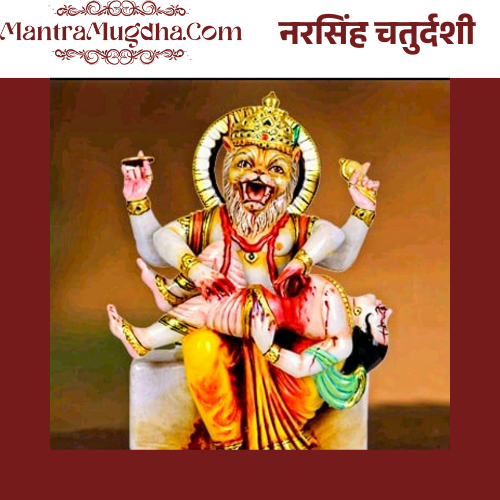
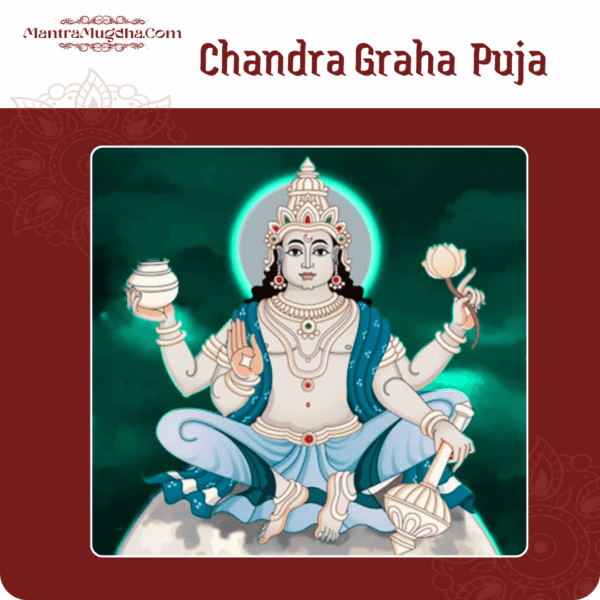
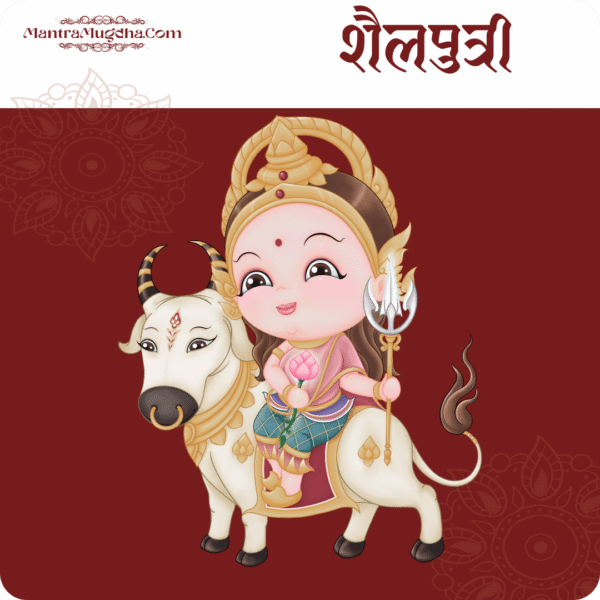
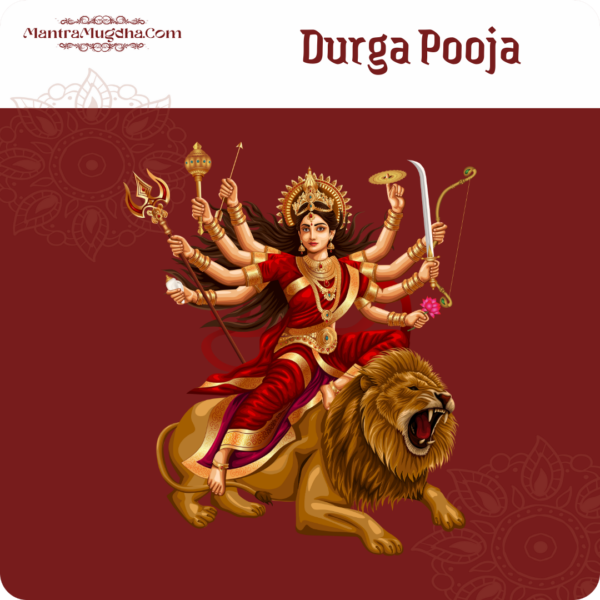
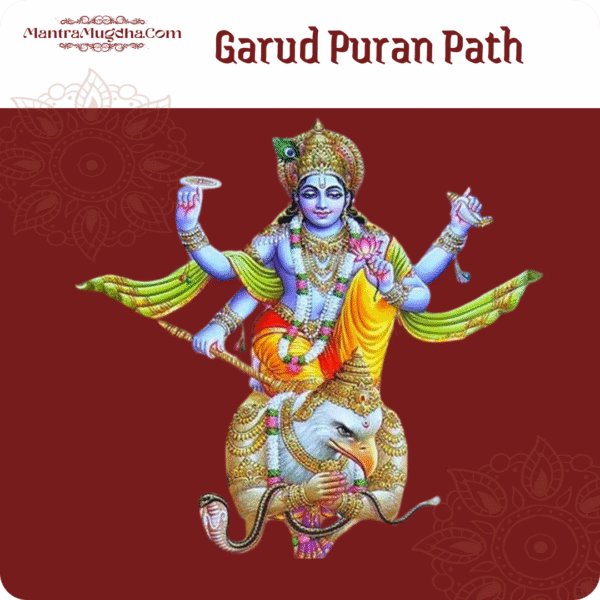
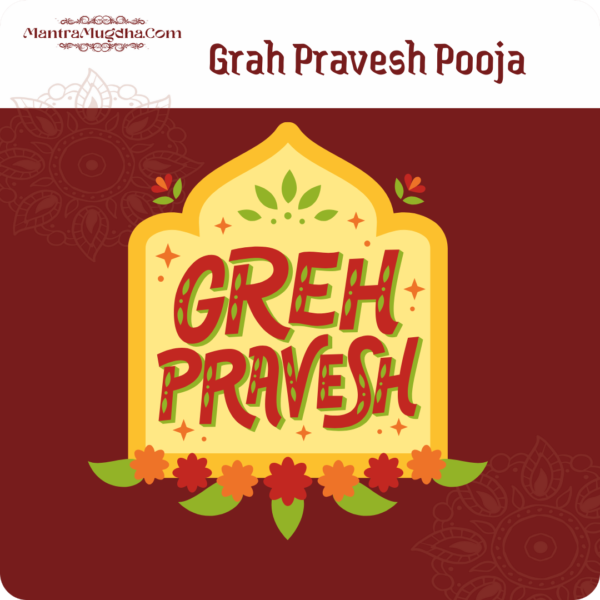
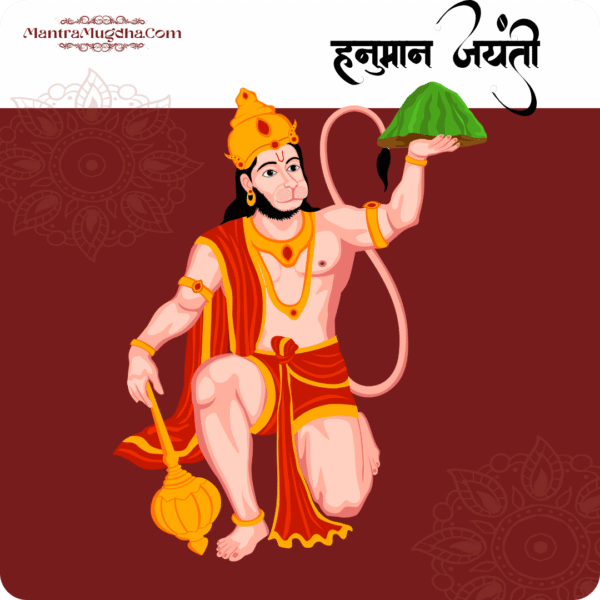
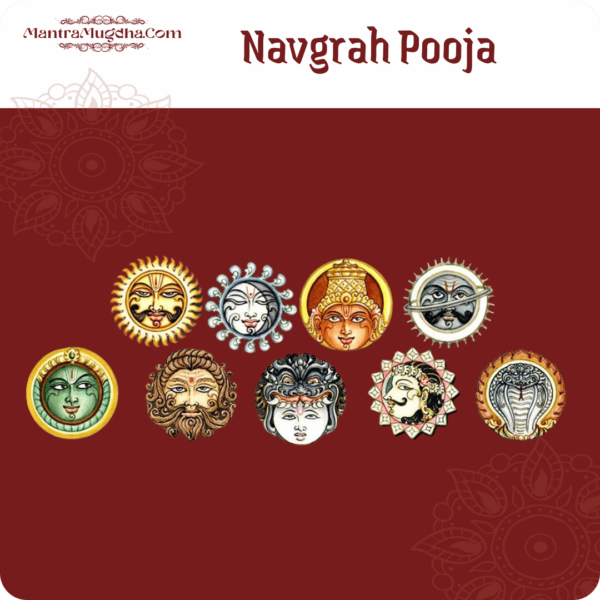

Reviews
Clear filtersThere are no reviews yet.